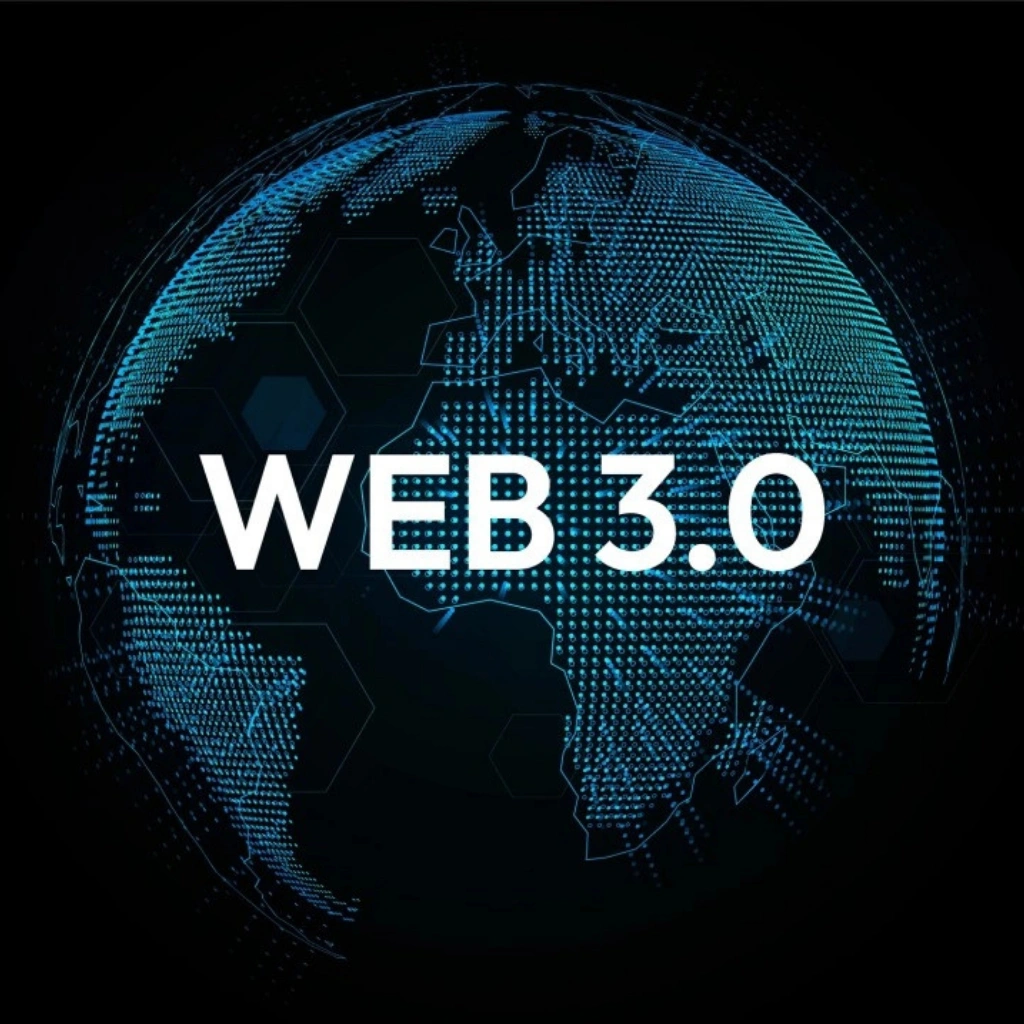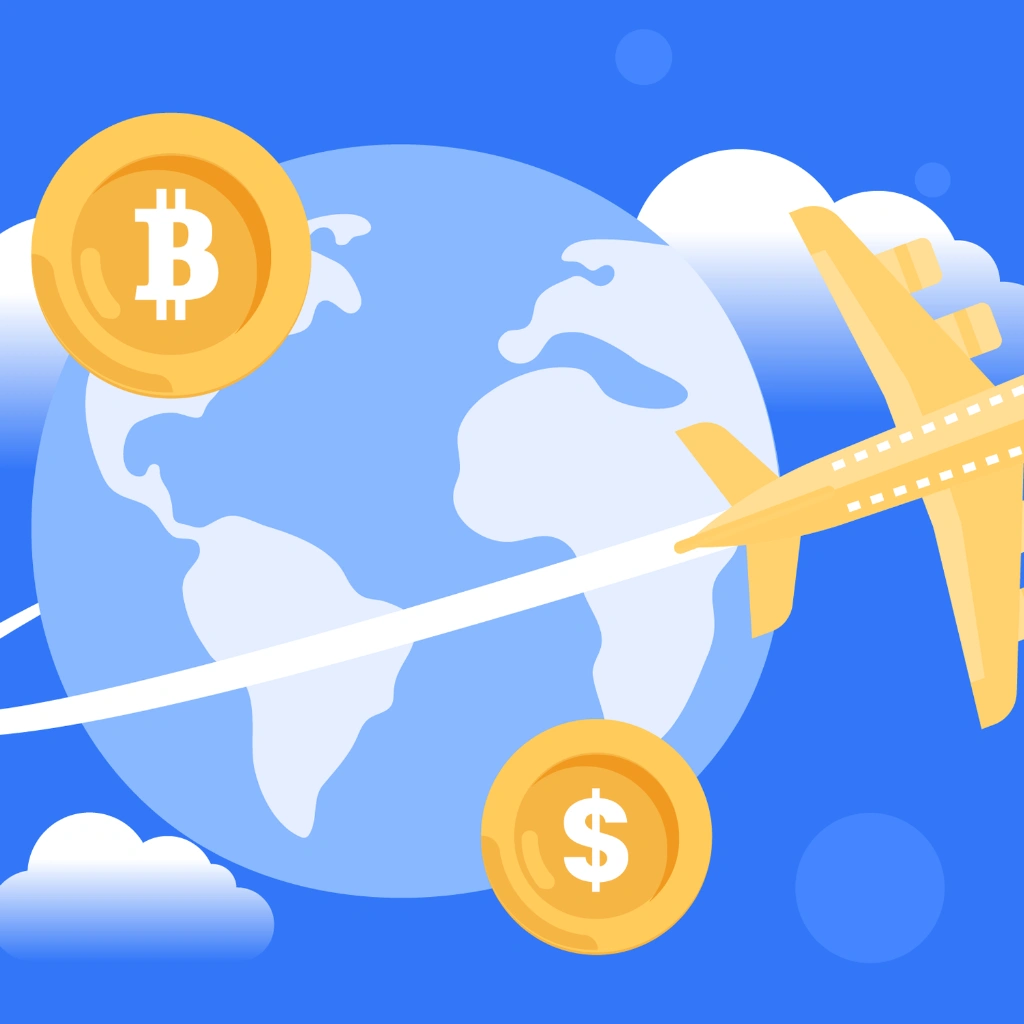Web3 Fintech Payment Trends: How One Startup Founder Discovered the Future of Money
Not long ago, Jason Tan was like most startup founders — juggling investors, chasing product-market fit, and navigating the wild west of online payments. But in 2021, a single encounter with a blockchain developer at a tech meetup in Singapore sent him down a rabbit hole that would change how he saw money forever.
That’s how Jason first stumbled into the world of Web3 fintech payment trends — a place where banking looks different, middlemen disappear, and code controls the flow of cash.
“It sounded like a gimmick at first,” he recalls. “Crypto wallets, smart contracts, NFTs as money — it felt like Silicon Valley fantasy. But I was curious.”
And curiosity, as it turns out, was just the beginning.
The Spark: Realizing What Web3 Could Do

Jason’s turning point came during a client project. His fintech app helped freelancers get paid faster. But international payments were a nightmare — costly, slow, and full of red tape.
A developer on his team suggested building a Web3 prototype that used Ethereum smart contracts for instant cross-border payouts.
“I didn’t even fully understand smart contracts at the time,” Jason admits. “But when we tested it… the payment cleared in seconds. No fees. No delays.”
It was Jason’s first real glimpse of what Web3 could mean for real people — not just investors or techies, but freelancers, creators, and small businesses alike.
Web3 Fintech Payment Trends in Action

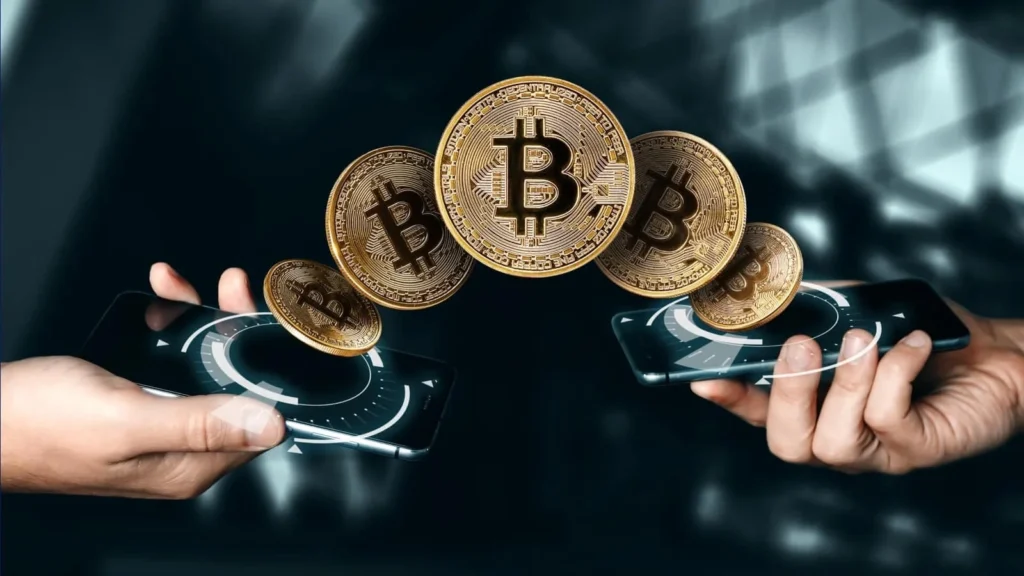
Jason started exploring other Web3 fintech payment trends:
- Token-Based Payments: His app added support for USDC, a stablecoin pegged to the US dollar. Some clients began paying in crypto — and liked it.
- Embedded Wallets: They built in a wallet directly into the platform. No more sending users off to third-party apps.
- Decentralized Lending: Some of Jason’s users began asking about earning yield on idle funds. That’s when he integrated with a DeFi protocol that offered interest — no traditional bank required.
And then came the weirdest twist of all: one client offered to pay in an NFT — a digital asset that doubled as prepaid consulting credits.
“I laughed at first,” Jason says. “But once I saw how it worked, I realized… this wasn’t a joke. It was the future.”
Even the Big Players Are Noticing
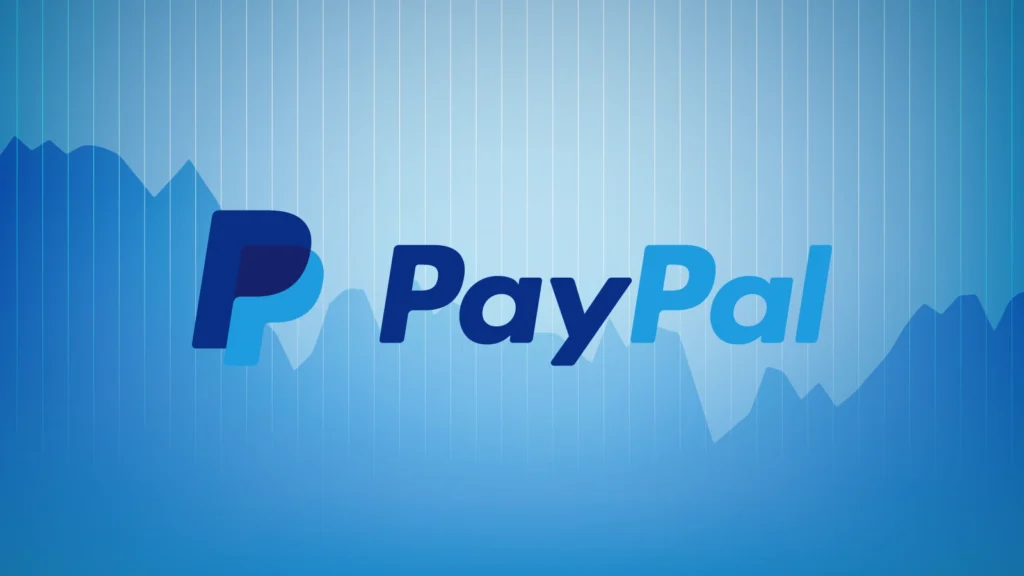
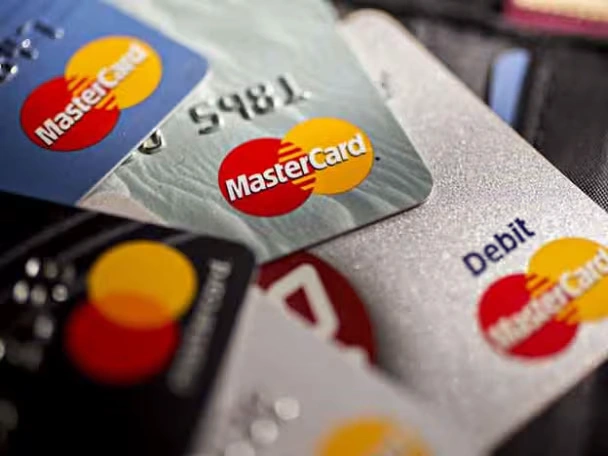
Jason isn’t alone. Major players like PayPal, Stripe, and Mastercard are exploring similar paths — integrating crypto payments, launching NFT experiments, and building blockchain infrastructure behind the scenes.
He recalls seeing a tweet about Stripe supporting crypto payments: “That’s when I knew I wasn’t just riding a trend — I was part of a shift.”
It’s not all smooth sailing, of course. Jason has faced scalability issues, confusing UX, and sleepless nights wondering if regulators might change the rules overnight.
“There’s a lot of risk,” he says. “But also, a lot of reward if you’re early and careful.”
Web3 fintech payment trends: The Roadblocks Are Real — But So Is the Momentum

Jason has lost transactions to buggy smart contracts. He’s seen users lose wallet access after forgetting their seed phrase. And when crypto markets tank, confidence can drop just as fast.
Plus, there’s the legal gray area. As regulations evolve (and sometimes conflict), Jason’s team constantly checks for compliance — not easy when the rules are still being written.
“But that’s what innovation feels like,” he shrugs. “Messy, uncertain, but necessary.”
Web3 fintech payment trends: A New Financial Reality, One Step at a Time
Today, Jason’s platform isn’t fully decentralized — and probably won’t be for a while. But Web3 tools have become part of his financial stack. Some payments come through Ethereum. Some are traditional bank wires. And some, surprisingly, are NFTs that unlock monthly consulting calls.
“It’s not about ditching the old system completely,” Jason says. “It’s about offering choice, control, and speed.”
For Jason, the shift toward Web3 is no longer theoretical. It’s in his product, his partnerships, and his day-to-day decisions.
And for the rest of us? As Web3 fintech payment trends continue to unfold, we may start seeing the change not just on screens — but in our wallets, too.
Relevant news: HERE

